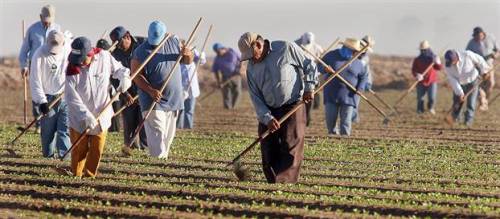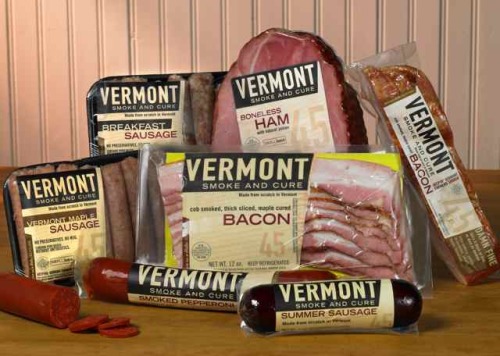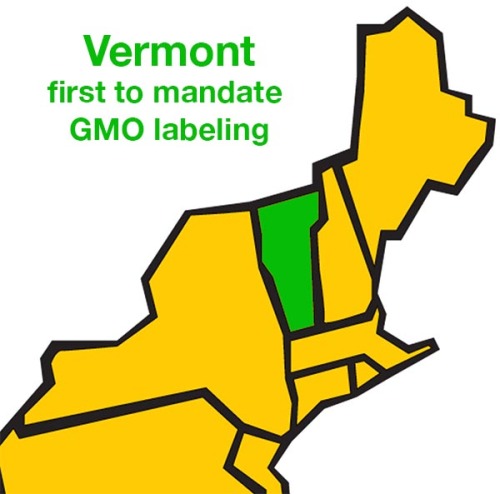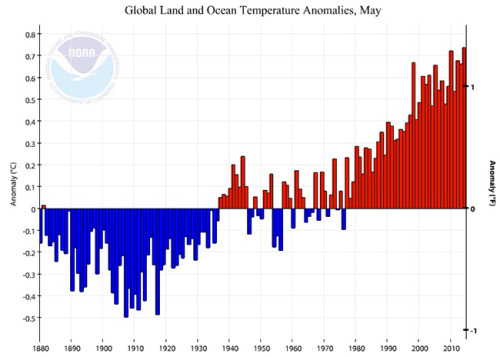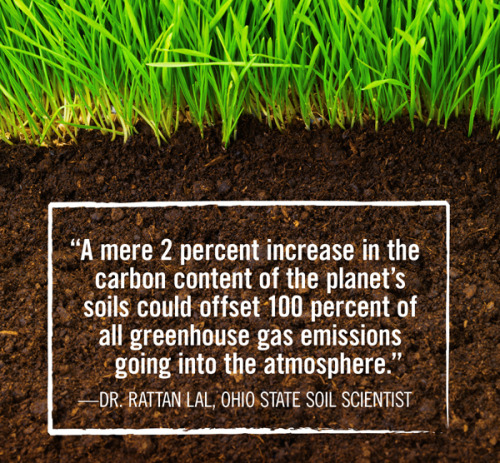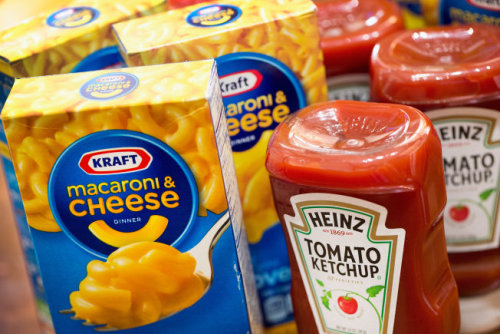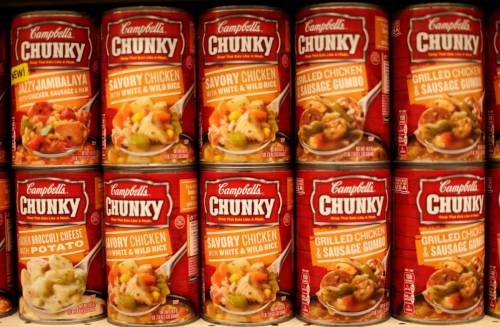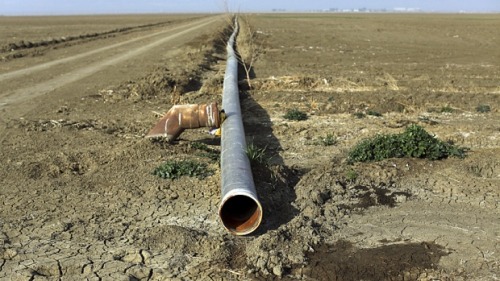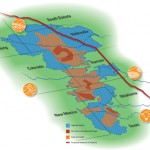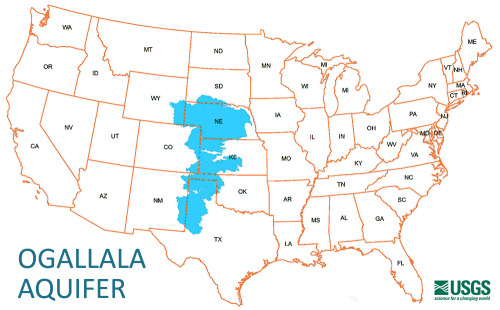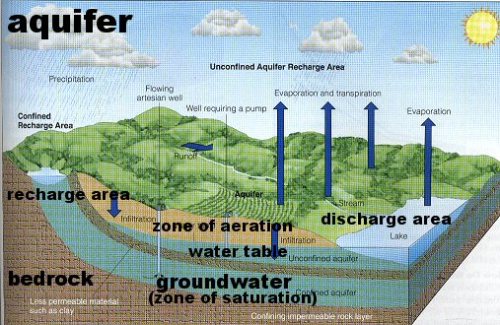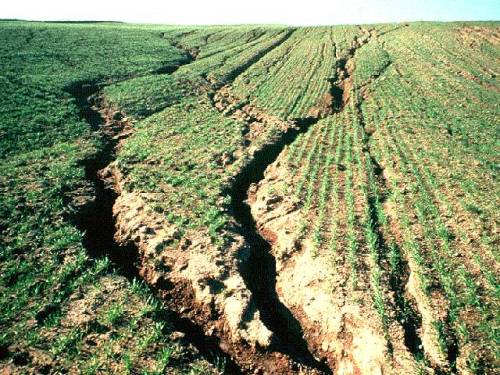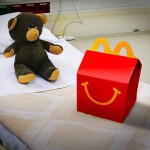Fresh voices of food: The rise of Vani Hari the ‘Food Babe’
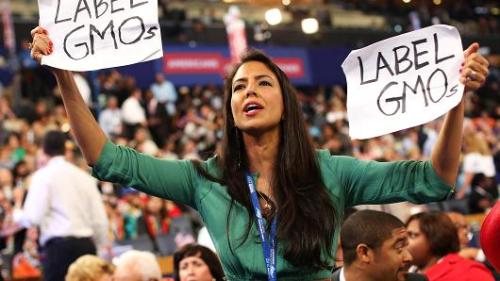
It’s been a big month for menu changes at the nation’s largest food companies, including:
- Dunkin’ Donuts will remove the whitening agent titanium dioxide from its powdered donuts.
- McDonald’s and Costco will sell only antibiotic-free chicken by 2017 (the home of the Big Mac also announced it will start selling kale).
- Nestle will remove artificial flavoring from its 250 chocolate products by the end of this year.
But these changes and others weren’t just to tweak the recipes. Increasingly, nonprofits and bloggers are pressuring Big Food to remove chemicals and preservatives from their products — or face the wrath of social media.
The person most identified with the movement is not a politician, policymaker, or even a trained scientist. She’s a 34-year-old who left a career as a managerial consultant to start her own nutrition blog in 2011.
Her name is Vani Hari, best known as “Food Babe.”
Though she wasn’t involved the above examples, she’s gotten Subway to say it will stop using a plastic-based additive she dubbed “the yoga mat chemical” in its bread.
Chipotle announced it would not use genetically modified crops. And she takes credit for Kraft’s pledge to stop using yellow dyes in three mac-and-cheeses.
Time magazine named her one of its “30 Most Influential People on the Internet,” and she released a book last month and announced plans for a TV show.
But her crusade is not without controversy. Hari’s lionized by her legions of followers, dubbed the “Food Babe Army,” but vilified by a vocal group of research scientists, some of whom argue she’s doing more to hurt the field than help it.
Critics deride her as a dilettante who mucks the science (sometimes purposefully), a “fearmongerer” who preys upon the ignorance of a science-illiterate public for her own profit.
Her most ardent critic is Yale neurologist Steve Novella who called her “the Jenny McCarthy of food activism.”
But love her or hate her, one thing is clear: Hari’s changing what we eat.
The whole foods movement, which rejects processed foods, additives and genetically modified crops, has been around since at least 1971, when organic-food pioneer Alice Waters opened her California restaurant Chez Panisse.
But Vani Hari’s vigilante-style food finds its roots at the turn of this century.

Books like Eric Schlosser’s 2001 “Fast Food Nation” revealed the horrors of our food system, inspired by the work of Upton Sinclair’s 1906 novelistic exposé “The Jungle” of the meatpacking industry.
Morgan Spurlock’s 2004 documentary “Super Size Me,” which took on the health risks of consuming McDonald’s food, followed, then Michael Pollan’s 2006 book“Omnivore’s Dilemma.”
The three works pushed the whole-foods movement to the forefront, though mostly among wealthy and middle-class families.
Organizations like The Center for Science in the Public Interest and Environmental Working Group lobbied for curbs on marketing junk food to children, for bans on trans-fats, and for greater transparency about food ingredients, especially about the growing list of added chemicals, which activists say are not properly researched by the FDA.
The Internet fueled the movement, says Andy Behar, CEO of the nonprofit group As You Sow.
“I think the whole Instagraming pictures of their grilled cheese is part of the meme today of ‘Yeah I am aware of what I eat,’” he says. “Food is not just fuel; it has a deeper meaning. People are celebrating every meal.”
No wonder then that global sales of “healthy food products” are expected to reach $1 trillion by 2017. Labels like “organic” and “all-natural” increasingly spur sales, even if they are often misleading.
In 2010, organic food captured $57.3 billion in sales; this year this number is expected to nearly double to $104.5 billion.
A recent Nielsen study of 30,000 people found that 88% of consumers are willing to pay more for “healthier” foods — and the biggest slice of this premium-paying pie are millennials.
Health-food stores and farmers markets have grown in tandem with the increasing demand.
In 1994, for example, there were only 1,755 farmers markets in the US. In 2013, there were 8,144.
What was once the purview of hippies and vegans has now become serious academic business.
Dr. Marion Nestle, professor of nutrition, food studies and public health at New York University says that there were only two food studies degree-granting institutions when she started at NYU in 1996. Now there are more than 20.
Out of this growing awareness came a greater unease, epitomized by the “pink slime” campaign.
After a series of investigative reports into “lean finely textured beef” products by The New York Times, British chef Jamie Oliver produced a series called “Food Revolution.”
Its Season 2 premier, in 2011, focused on the same product, calling it “pink slime.” At the end of the episode, Oliver poured ammonium hydroxide on a batch of meat — the process by which the beef filler was made — in front of a disgusted live audience.
Freelancer Bettina Elias Siegel took note and started her own online petition to get pink slime out of school lunches, amassing more than 250,000 signatures in two weeks.
Supermarkets across the country started to ban products with pink slime. Schools followed suit, starting with New York City.
The “pink slime campaign,” which Slate columnist Daniel Engber called a brilliant framing campaign, “all because of a shift from four matter-of-fact words to two visceral ones,” was a resounding success.
A similar coup spearheaded by 16-year-old Mississippian Sarah Kavanagh targeted Gatorade’s use of brominated vegetable oil — a chemical banned in Europe for possible health concerns in animal studies.
She, too, started a petition, acquired nearly a quarter of a million supporters, and caught the eye of PepsiCo, who then announced that they would rid their sports drink of this chemical.
Though Hari had already launched her blog, pink slime and Gatorade wins showed her the limitlessness of her opportunities.
“I thought, ‘Wow, an everyday person like myself can inspire change. Why don’t I try it?’ ” Hari tells The Post.
Hari was invited to Chick-fil-A’s corporate headquarters, after which the company announced plans to phase out chickens raised on antibiotics.
“This was a huge win. Not only because it helped the whole issue, but because it inspired other companies, like McDonald’s, to change,” she says.
Then there was the “yoga mat chemical” campaign — by far Hari’s most publicized food advocacy win. The chemical, azodicarbonamide, is used to bleach and condition flour in more than 500 foods, but is also found in plastics and, of course, in yoga mats.
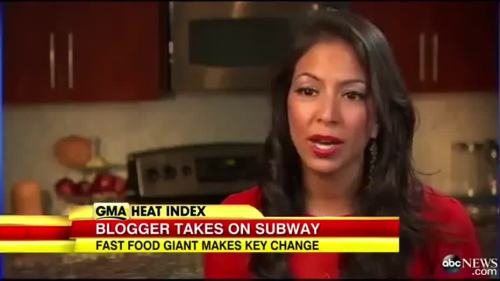
It’s considered by the FDA to be “GRAS,” or generally recognized as safe.
By distilling this complex story down to a tweetable statement: “Yoga mat chemicals are in your Subway bread,” Hari was able to reach, gross out, and galvanize groups of consumers and hit Subway where it hurt most: its brand.
“Subway had to respond to the media blitz. It went worldwide. I was interviewed everywhere,” Hari tells The Post. “Before my campaign no one in the world knew about azodicarbonamide.”
When Subway announced that it would be removing azodicarbonamide from its breads, the company refused to give credit to Hari, instead insisting that it was planning on doing so anyway.
But the result was clear: Hari and her army are powerful.
Subway has suffered from an onslaught of bad publicity since the Food Babe petitioned the chain to remove the ‘yoga mat chemical’ ingredient from its bread.Photo: AP
Most recently she shepherded a campaign against the antioxidant butylated hydroxytoluene (BHT) used in many cereals to keep it the vegetable oils from going bad.
Though generally recognized as safe by the FDA, the chemical is banned in Europe and has been linked in some animal studies to certain types of cancer.
Respected food-advocacy organizations have taken note of Hari’s powers of persuasion. As You Sow was behind the successful Dunkin’ Donuts campaign, which focused on removing nanoparticle titanium dioxide from powdered donuts.
They took a cue or two from Hari’s. Their current work on lead found in chocolate also focuses on highly tweetable nuggets of information, easily understood by the masses.
“Internally we’re trying to tailor messages to be more digestible,” says As You Sow president Danielle Fugere. “It’s something we struggle with because we want to give the full information, the full background. But it’s also important to make it easy to understand.”
This ability is the source of both Hari’s success and her critics’ ire.
Researchers take issue with Hari’s simplistic explanation of the science. Many of these chemicals she has focused on, experts argue, have shown no proof to be harmful in the small amounts present in our food.
Take her statement that “There is no acceptable level of any chemical to ingest ever” (really, critics responded, even H20?). She’s confused ingredients — mixing up, for example, propylene gycol and another called propylene glycol alginate.
Two very different chemicals, the former used in antifreeze and the other derived from kelp and used in beer.
Then there’s the issue of genetically modified organisms, or GMOs. A number of food vigilantes object to crops being altered on the genetic level, saying that it’s unnatural.
But scientists counter that humanity has been “altering” crops for centuries — through selective farming — and that tinkering with grains to make them more abundant can help alleviate world hunger.
Hari also makes money by linking to “healthy” alternatives, which has led to conflict-of-interest accusations, while her posts sometimes drift into tinfoil-hat territory.
Items about the oxygen levels on planes and on harmful effect of microwaves on food have been removed — and she admits that she’s made some “mistakes” along the way but that her heart is in the right place.

In the end, if she’s getting eyeballs on labels, does it matter if she’s right?
“If she gets the science a little bit wrong, ultimately the bigger point is that this stuff shouldn’t be in our food,” Fugere says. “That she’s implying that you need a science degree to comment on food makes her point.”
Not everyone agrees. NYU professor Nestle says that Hari “gives the movement a bad name” and that “getting the science right is extremely important.”
“She’s making scientific judgments of these chemicals that may or may not be valid or may or may not be meaningful,” Nestle says.
“I’d love to see someone like her work on issues like protecting the quality of school lunches, keeping agriculture in line with our health policies, how to figure out how to stop companies from marketing junk foods to kids. Issues like those.”





